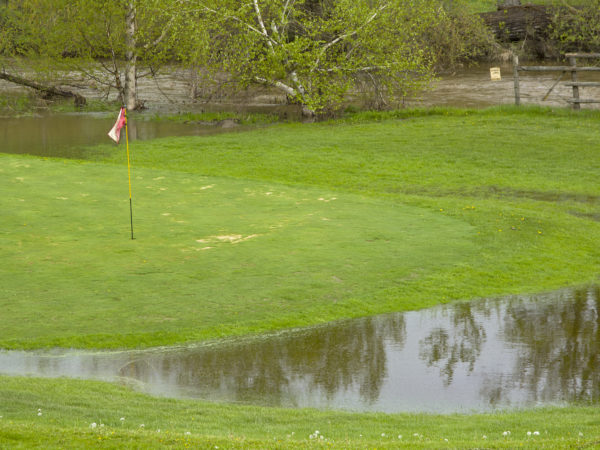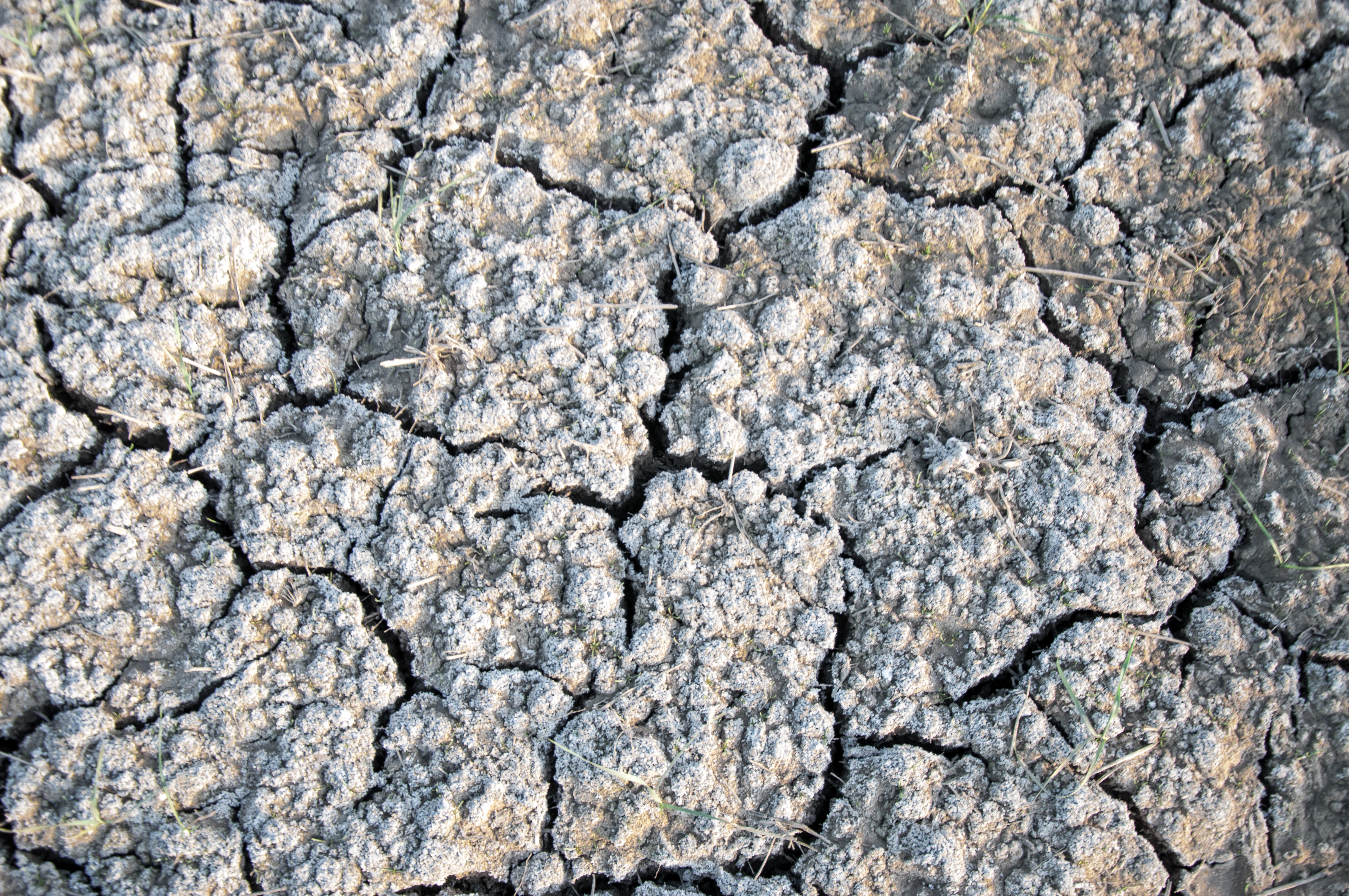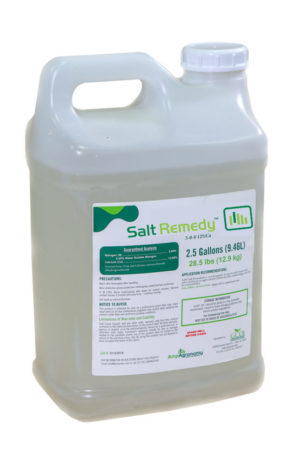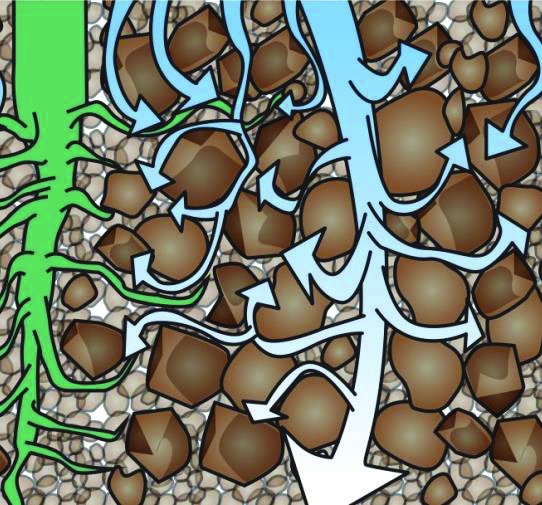10 Sep Soil Salinity Management: The Aftermath of Hurricane Dorian
Soil Salinity Management: The Aftermath of Hurricane Dorian
With the aftermath of Hurricane Dorian also comes the issue of managing the damage the storm left behind, so is important to learn How to prepare your house for a hurricane since this could be dangerous for you and your family. This doesn’t just include fallen trees, electrical issues, and closed roads. For turfgrass managers or farmers, this could mean an increase of salt content in the soil for crops, golf courses, or sports fields. This week on Get Amped Up, we discuss what soil salinity is, how storms and hurricane effects soil salinity in coastal agricultural, sports, and golf fields, and how to resolve soil salinity issues with Amp Agronomy’s product, Salt Remedy™️. Scroll down to the bottom to get a full program outline for hurricane damage.
Soil Salinity
First off, what is soil salinity? What does it mean? Soil salinity is a term that describes the salt content within the soil. Salt is a naturally occurring mineral in soil and water that affects the growth and vitality of plants. Salinization, the buildup of salts, is usually caused by mineral weathering or by the gradual withdrawal of the ocean. Soil salinity can be altered by human influence or environmental causes. If soil salinity becomes too high, the soil becomes sodic, and can present many difficulties for growing turf and crops. Salt in soils decreases the amount of water a plant can absorb, as well as destroy soil structure so that other important nutrients cannot reach the root zone. This can be detrimental to crop production rates and the vitality of turf’s physical appearance.
Hurricane Dorian and Soil Salinity
Hurricane Dorian caused storm surges across the east coast of the United States and hurricane season lasts until about the end of November this year. With that being said, more storm surges are likely to happen in the near future with hurricanes and tropical storms plaguing the eastern coast of the United States on a periodic basis. The increase of water levels cause oceanic water to come farther up the coast, leaving traces of salt content behind once flooding decreases. Storm surge also floods fields and irrigation ponds, increasing salt content in turfgrass soils. This could be a problem for agricultural fields, golf courses, and sports fields all along the eastern United States and the Gulf Coast. As the salt content is left behind and absorbed into the soil, the soil’s structure is destroyed, disrupting flocculation or dispersed soil construction for water and other nutrients to reach the plant. Not only does this affect the soil your crops or turfgrass grow in—it also contributes to the amount of sodic nutrients that are washed from fields into local streams or rivers via surface flow. The N and P used in fertilizers are also washed from these fields into local streams and rivers, especially as the United States population grows and the demand for food production increases with it. A large amount of salt content will also cause drought in your soils as salt absorbs moisture.
Ocean water from the beach causes serious damage. Brackish water in creeks and marshes aren’t as bad, but can still cause some stress to your turf and crops. Rain afterwards helps with flushing, but when it doesn’t rain, there is a lot more burn. Your goal is to flush everything out. Salt Remedy, a calcium product, is our #1 recommendation. Calcium is the main ingredient you want to look for to resolve salinity issues in your soil because sodium accumulations in soil replaces calcium, destroying soil structure by dispersing soil colloids. However, we have listed a tried and true program outline for you to use below in case of hurricane damage.
1. Salt Remedy
First, start with Salt Remedy at an application rate of 2 gallons per acre. Depending on how bad things are, you can hit everything with Salt Remedy again after a few days. Salt Remedy is pretty fast acting and sold as a liquid, easy to use formulation at the rate of $8.00 per acre.
2. SurCal+
After a few days from the last Salt Remedy application, apply SurCal+™️. This will flocculate the soil so that nutrients can reach the plant. It also gives you a longer holding capacity and decreases flooding.
3. Root Driver, K&P, and Mega Cal
Wait two or three days after the calcium has been applied and follow with applications of Root Driver™️, K&P™️, and Mega Cal™️ at two quarts per acre. Do this every five days until things get back to normal. These three products will make sure your turf and crops get the phosphorus, potassium, calcium, and other essential nutrients it has been deprived of during this time.
For more information on the importance of calcium and how our calcium products offer different solutions, check out our Mega Cal vs. SurCal+ blog. All of our Amp Agronomy products feature Catalyst Technology™️, which provides the most efficient nutrient delivery system available on the market today. You can learn more about our family of products at AmpAgronomy.com.






